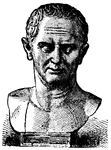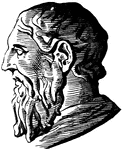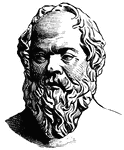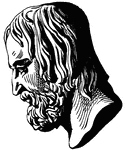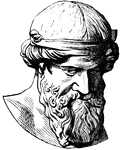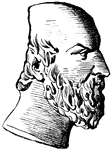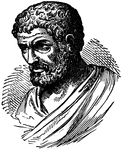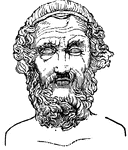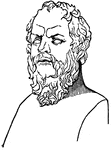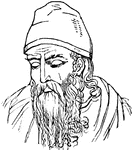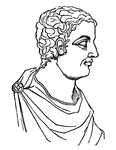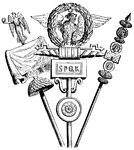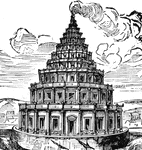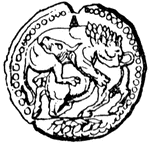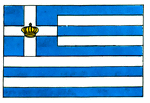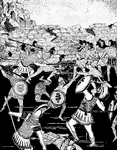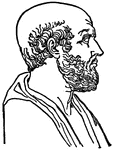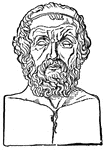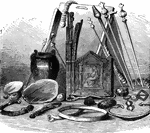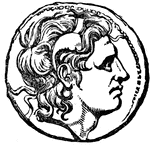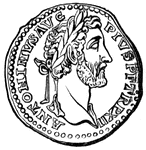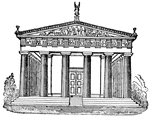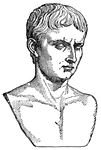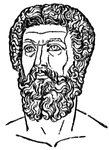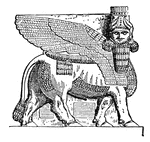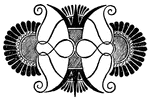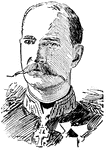
George I, King of Greece
George I (1845 – 1913) was King of Greece from 1863 until his death in 1913.
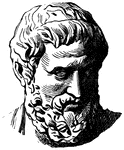
Sophocles
(c. 496-406 BCE) Tragic playwright of Ancient Greece. He wrote many famous plays including Electra,…

Paris
Ancient Greek Mythology. Paris begins the Trojan War by kidnapping Helen of Troy, the most beautiful…
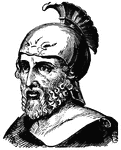
King Philip II of Macedon
(382-336 BC) King of Macedon 359-336 BC and father of Alexander the Great.
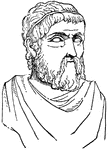
Sophocles
(c. 496-406 B.C.) Tragic playwright of Ancient Greece. He wrote many famous plays including Electra,…

Ancient Grecian Female with Double Flute
Grecian female with double flute dressed for funeral procession.
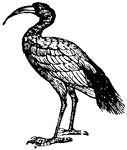
Sacred Ibis
Wading birds with long, slender bills found in warmer climates of both hemispheres. The Sacred ibis…
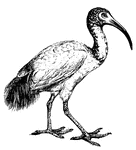
Sacred Ibis
Wading birds with long, slender bills found in warmer climates of both hemispheres. The Sacred ibis…

Highland Bagpipe
Often present a gamut which appears to us grotesque, without subdominate, or incomplete, manfestly vestige…

English Inn
Portions of ancient Hospice on both sides of Water Lane, Ospringe used by Pilgrims on their way to Canterbury…
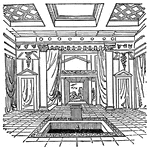
Impluvium
Part of ancient Roman architecture, a basin in the atrium or entrance hall of a building, to receive…
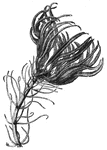
Sea Lily
An ancient crinoid, sea lilies are flowerlike, with branching arms surrounding the central mouth.

Stone Lily
An ancient crinoid, stone lilies are flowerlike, with branching arms surrounding the central mouth.
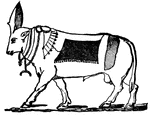
Apis
A bull to which divine honors were paid by the ancient Egyptians, who regarded him as a symbol of Osiris.
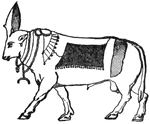
Apis
The sacred bull, worshipped with divine honors by the ancient Egyptians, who regarded it as a symbol…
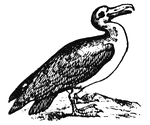
Albatross
A large marine swimming bird. The bill is straight and strong, the upper mandible hooked at the point…

Ancient Egyptian Harps
A harp is a stringed instrument of triangular form. The sculptures and ruins of the Egyptians and Syrians…
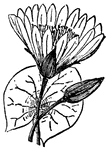
Lotus Flower
The lotus flower has been called the sacred flower of Ancient Egypt. It was the largent and most beautiful…
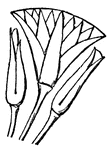
Conventionalized Lotus Flower
The lotus flower has been called the sacred flower of Ancient Egypt. As a product of the life-giving,…
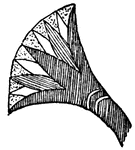
Conventionalized Lotus Flower
The lotus flower has been called the sacred flower of Ancient Egypt. It is shown in the hands of kings…
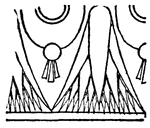
Conventionalized Lotus Flower
The lotus flower has been called the sacred flower of Ancient Egypt. As a border ornament, the lotus…
